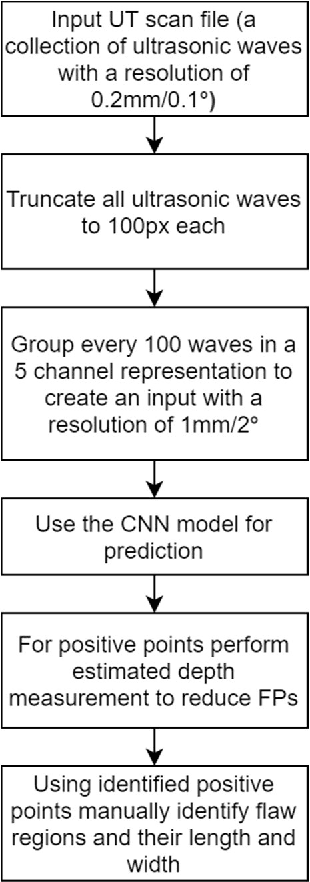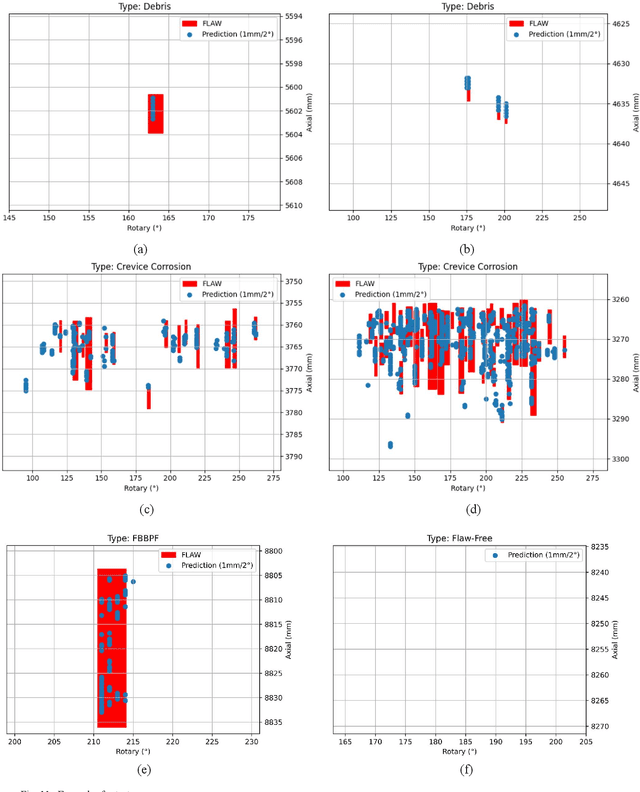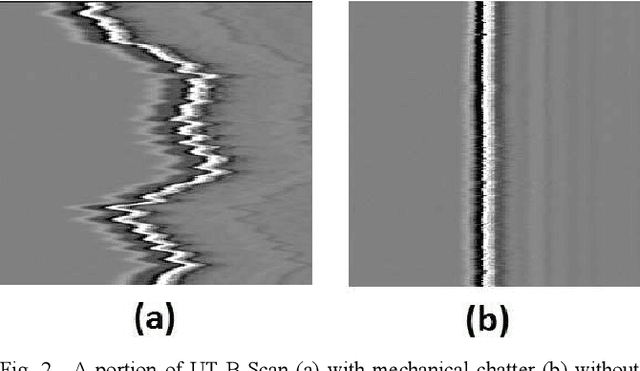Using Deep Learning to Automate the Detection of Flaws in Nuclear Fuel Channel UT Scans
Paper and Code
Feb 26, 2021



Nuclear reactor inspections are critical to ensure the safety and reliability of plants operation. Inspections occur during planned outages and include the inspection of the reactor's fuel channels. In Canada, Ultrasonic Testing (UT) is used to inspect the health of fuel channels in Canada's Deuterium Uranium (CANDU) reactors. Currently, analysis of the UT scans is performed by manual visualization and measurement to locate, characterize, and disposition flaws. Therefore, there is a motivation to develop an automated method that is fast and accurate. In this paper, a proof of concept (PoC) that automates the detection of flaws in nuclear fuel channel UT scans using a convolutional neural network (CNN) is presented. This industry research was conducted at Alithya Digital Technology Corporation in Pickering, Ontario, Canada. The CNN model was trained after constructing a dataset using historical UT scans and the corresponding inspection results. This data was obtained from a large nuclear power generation company in Ontario. The requirement for this prototype was to identify the location of at least a portion of each flaw in fuel channel scans while minimizing false positives (FPs). This allows for automatic detection of the location of each flaw where further manual analysis is performed to identify the extent and the type of the flaw. Based on the defined requirement, the proposed model was able to achieve 100% accuracy for UT scans with minor chatter and a 100% sensitivity with minimal FPs for complicated UT scans with severe chatter using 18 UT full test scans.
 Add to Chrome
Add to Chrome Add to Firefox
Add to Firefox Add to Edge
Add to Edge